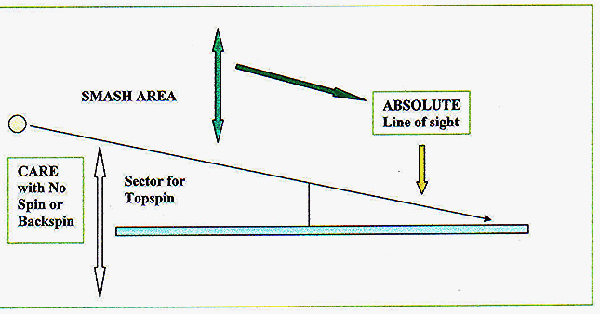How do you smash in table tennis?

File Photo Credit: Chandran Mookken/SportSG
By Averlynn Lim
Click here to get tickets to the WTT Singapore Smash 2023, happening in Singapore from 11 to 19 March 2023
MASTER YOUR TABLE TENNIS TECHNIQUE (4): FOREHAND SMASH
The forehand smash is a critical stroke in table tennis and should be part of every table tennis player’s arsenal.
The stroke is usually used to counter a lob (when the ball bounces high above the net). The main aim of the smash is to strike hard and fast to force the opponent further away from the table while trying to finish the rally and win the point.
This stroke though is not all about force. The forehead smash relies on timing, technique and precision to ensure that your ball does not miss the entire table. Your initial forehand smash may also be returned by your opponent using another lob, so you may have to play several smashes in succession. Here we discuss three steps to master the smash.
Step 1: The Backswing
Like almost all shots in table tennis, the most critical element to the smash is the positioning of your feet and body.
First, rotate your body sideways. For right-handers, your right foot should be slightly behind the left and vice versa. Ensure that most your weight is transferred to your back foot. This is to build potential energy for your eventual shot.
In preparing for the forehand smash, your arm should also be brought to directly behind the path of the ball and your racket should be raised to a high position so that you can come downwards and forwards as you play your stroke and hit the ball.
Step 2: The Strike
As the ball bounces off the table, swing your body back forward. At the same time, transfer the weight from your back foot back to your front foot.
Your waist, hips and shoulders should have finished rotating by now and your playing arm should be ready to strike the ball.
You should strike the ball when it is at the top of the bounce or at shoulder height. Alternatively, you could hit the ball before it bounces too high, for example when it rises just above the height of the net. Although this will give your opponent less time to react to your shot, it is also another much riskier stroke to play.
Image Credit: protabletennis.net

Step 3: The Follow Through
Your body weight should always be moving forwards as you play your stroke and follow through, before returning to the ready position.
Remember to try and not let the racket cross the centre of your body so that you can recover faster from the movement.
To receive the latest updates on the happenings in the Singapore sports scene, or to find out more about some of the latest programmes on offer at ActiveSG, like our Facebook page here.





![ActiveSG Academies and Clubs Logo (Solid Colour)[8647]](https://www.activesgcircle.gov.sg/hs-fs/hubfs/ActiveSG%20Circle%202023Theme/images/ActiveSG%20Academies%20and%20Clubs%20Logo%20(Solid%20Colour)%5B8647%5D.png?width=150&height=65&name=ActiveSG%20Academies%20and%20Clubs%20Logo%20(Solid%20Colour)%5B8647%5D.png)




-01.png?width=200&height=141&name=Team%20Singapore%20Logo%20(Red)-01.png)



